Starcraft 2 news » Mastering Mapmaking: Part Two
Like stars in the sky, dozens of community-made maps have peppered the Koprulu sector over the years. Each map is a testament to its creator’s hard work, and many have returned to the spotlight more than once. Meanwhile, new mapmakers continue to join the galaxy’s ranks, while more established creators continue to dream up new orbital stations or refine their existing planetary battlegrounds.
Mapmaking is no easy job—it requires creativity and technical prowess. Mapmaking is a unique way to hone your game design skills in an environment where your creations can be tested by some of the most skilled strategy gamers on the planet.
With the latest TeamLiquid Map Contest now live, we wanted to follow up on our last mapmaking update and focus our advice on the more technical side of mapmaking. This time, we’re looking at balance- and design-related improvements vs. performance. Be sure to take notes for any tips you aren't familiar with. As Egon Stetmann may have once said, ‘the dullest pencil is better than the sharpest mind’.

Image A: Here on Bel'shir Vestige, you can see a Marine positioned behind a Bunker in such a way that he cannot be attacked by melee units. This design flaw provides an unfair advantage to Bunker rush strategies.
Image B: Here, a stone has been placed in the empty space where the Marine was standing. A Marine can no longer stand in this position, addressing the map flaw. Look for similar situations in all the main and natural bases.
Image A: Several maps have made this mistake over the years, here shown on Bel'Shir Vestige. With only two Pylons, a Probe was able to protect itself completely and place a Photon Cannon which could not be attacked by workers.
Image B: Two Pylons should never yield a complete wall for a Photon Cannon in the main, natural, or third base options. Adding some additional terrain to the left of this position made it so the Photon Cannon could no longer be so easily and cheaply protected from melee units.
Image A: Liberators are a powerful harassment tool in the early stages of the game, and to keep them in check, it is important that Marines are always able to attack a Liberator (without Advanced Ballistics) attacking their Mineral line. Here, the Marines cannot reach the Liberator.
Image B: In Image B, we added extra terrain to ensure that Marines are always able to shoo away an early Liberator when it is able to attack the economy. This is an important map detail to include.
Image A: This is a rather simple, yet surprisingly common map oversight. As you can see, Image A shows units clipping into doodads.
Image B: Neither ground nor air units should be able to clip into doodads. In this example, the doodads were simply removed, fixing the problem.

Image A: In this image, there are no spaces between the Mineral patches or Vespene geysers. This means that workers and harassment units have very limited options for moving around in this space.
Image B: As can be seen in this version, Mineral lines should always have some pathing behind them, as well as spaces between any Vespene geysers and at least one space within the Mineral line itself.
Image A: Always thoroughly test blockers that impact air pathing. Here we can see an example of a blocker that could cause air units to get stuck. Issues typically occur when two or more air pathing blockers are placed next to each other, creating an area where air units get stuck.
Image B: An easy solution is to just avoid using such a design. Only use air blockers when they are an important part of map design, and then only when they are tested thoroughly for unexpected behavior.
That's all for now! We hope that these tips help make your maps as entertaining and balanced as possible. Good luck in this season's TeamLiquid Map Contest! Let us know if you have any questions or if there are other ways we can help in the comments section below. You may also want to bookmark this page as it should help on your quest to design the ultimate StarCraft II map!















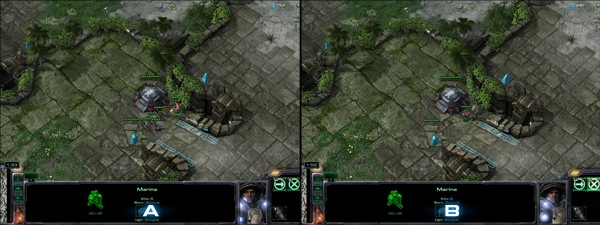
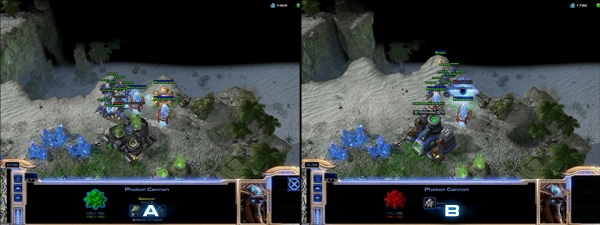

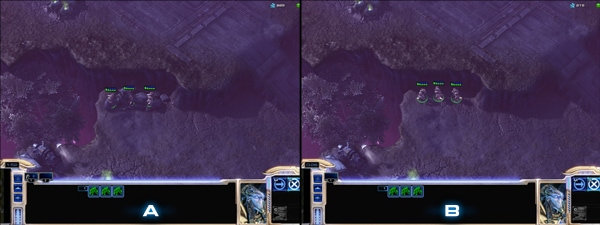
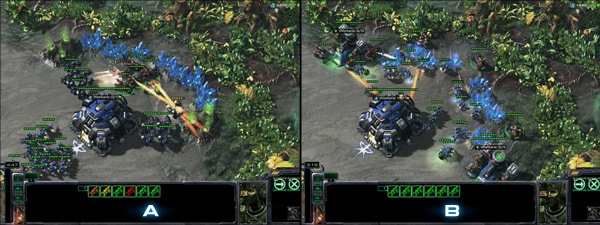
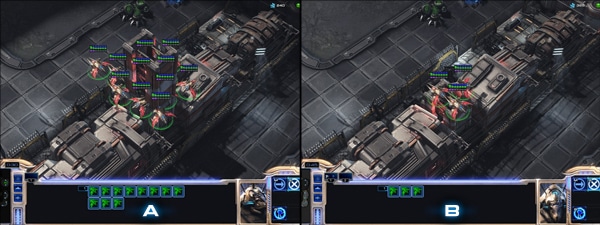
 Update comments
Update comments